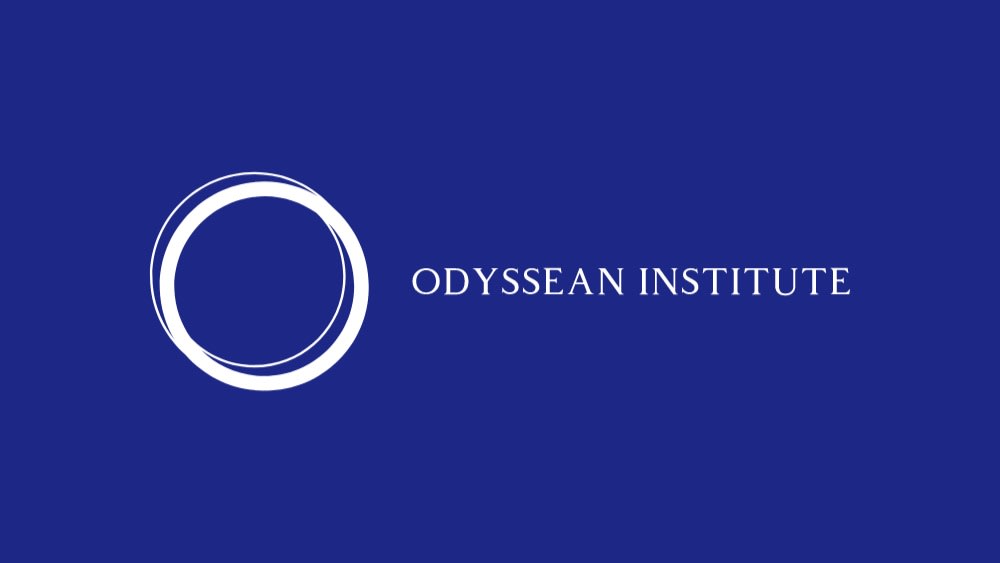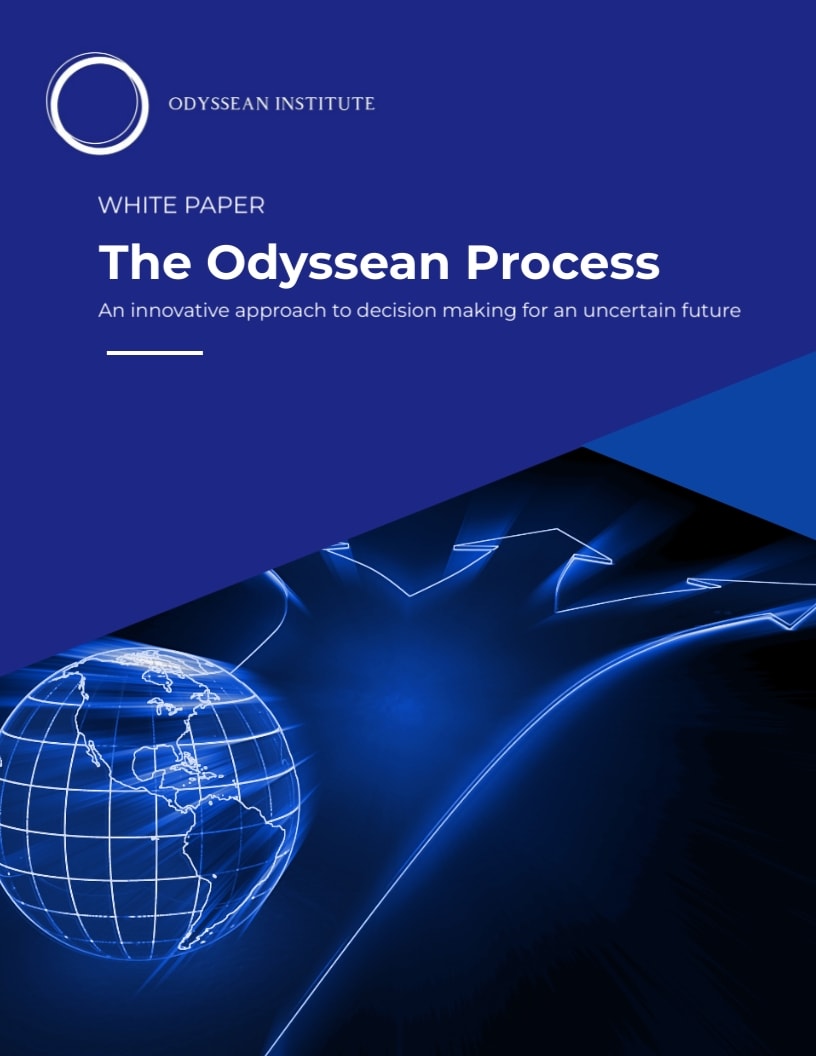
Our White Paper The Odyssean Process outlines our innovative approach to decision making for an uncertain future.
In it, we combine expert elicitation, complexity modelling, and democratic deliberation into a new way of developing robust policies.
This addresses the democratic deficit in civilisational risk mitigation and facilitates resilience through collective intelligence.
Any feedback, collaboration, or interest in supporting our work is most welcome contact@odysseaninstitute.org


Hi Mathias,
To see the Process itself, Page 16 has a diagram following the tables outlining each component of it, and subsequent pages have the commentary.
You’re broadly accurate in your proposed case study of the metro in the form of the process, in that our Process for this problem would entail horizon scanning key uncertainties or trends in metro line design, such as comparative analysis of successful metro redesigns with measurable successes. This is then presented to the 100 citizens through an iterative process of identifying their values, possible solutions, uncertainties, and then using decision making under deep uncertainty (DMDU) to coproduce actionable pathways that fulfil their multiple criteria.
However, due to the nature and involved aspect of the process, it is geared explicitly towards challenging, or wicked problems, and existential risks or GCR - rather than simpler or more trivial policy issues.
We also have an abstract version of this process in the ‘Combining the Pictures’ section. In short - horizon scan a complex issue or trends, enable deliberation by a wider sample using this, and iterate using DMDU to facilitate finding the win-wins within the solution space that may have been neglected, increasing the tractability of the eventual recommendations. We don't want to pick too specific a use case as we see a great value in the generalisability of this across cause areas.
Furthermore, in our commentary on the process, we cite a few concrete examples of deliberation, DMDU, and EEJ and where they have been used, with citations to read further on their applications. Some examples include the Dutch Delta Commissioner's work for DMDU, Irish, Taiwanese, and American uses of deliberation, and the WHO's uses of expert elicitation and horizon scanning, as well as biorisk and ecological cases. We had to lean a little on brevity due to the range of components involved, so ideally the citations can furnish further detail where we couldn't due to length considerations.
Finally, in the Our Plans section, we also cite the Myriad-EU pilots that used multi-level multi-risk assessments that were conducted with DMDU to address more of the typical complex risk and systemic risk areas we’d look to contribute towards. Hope this helps!